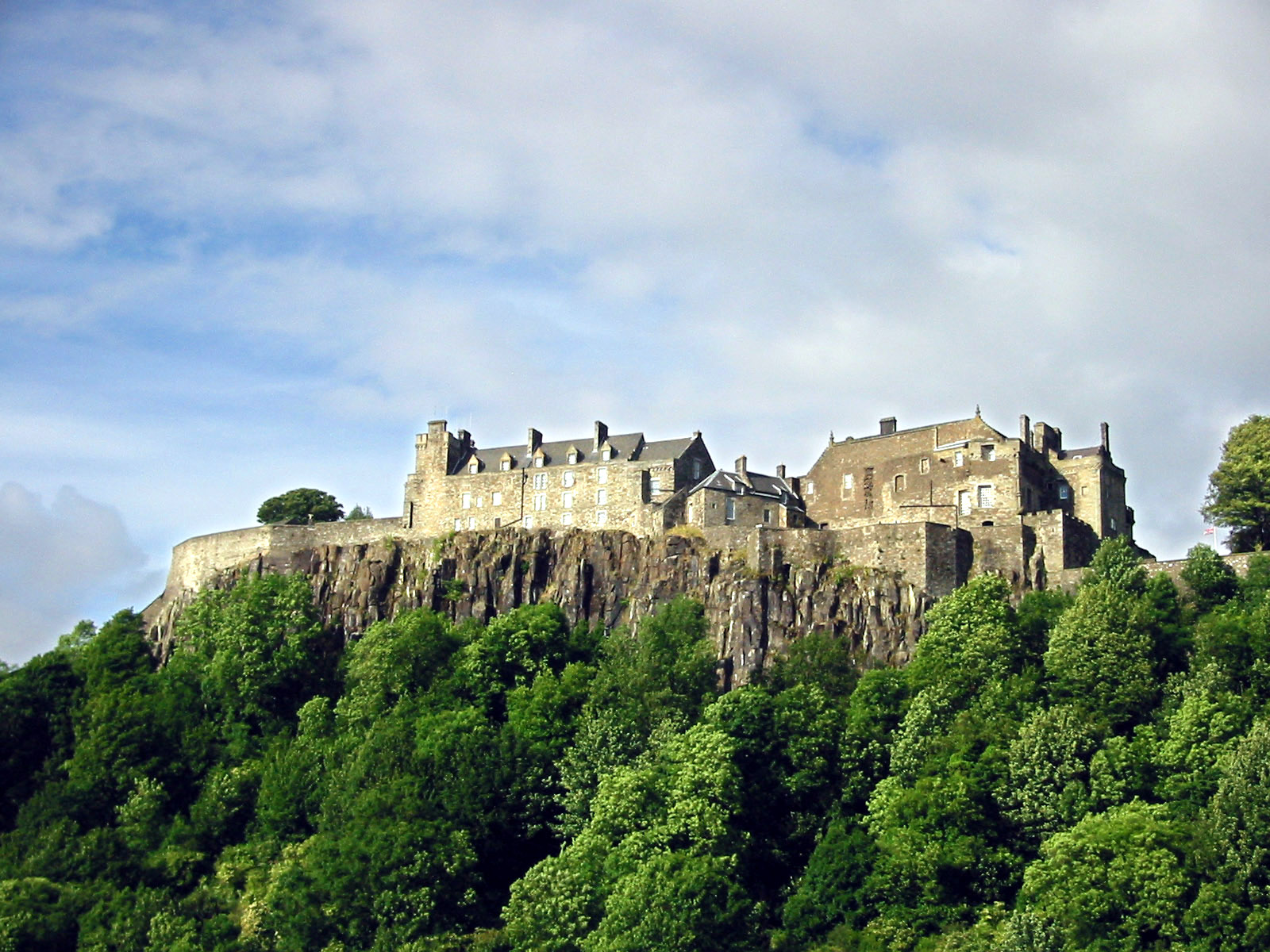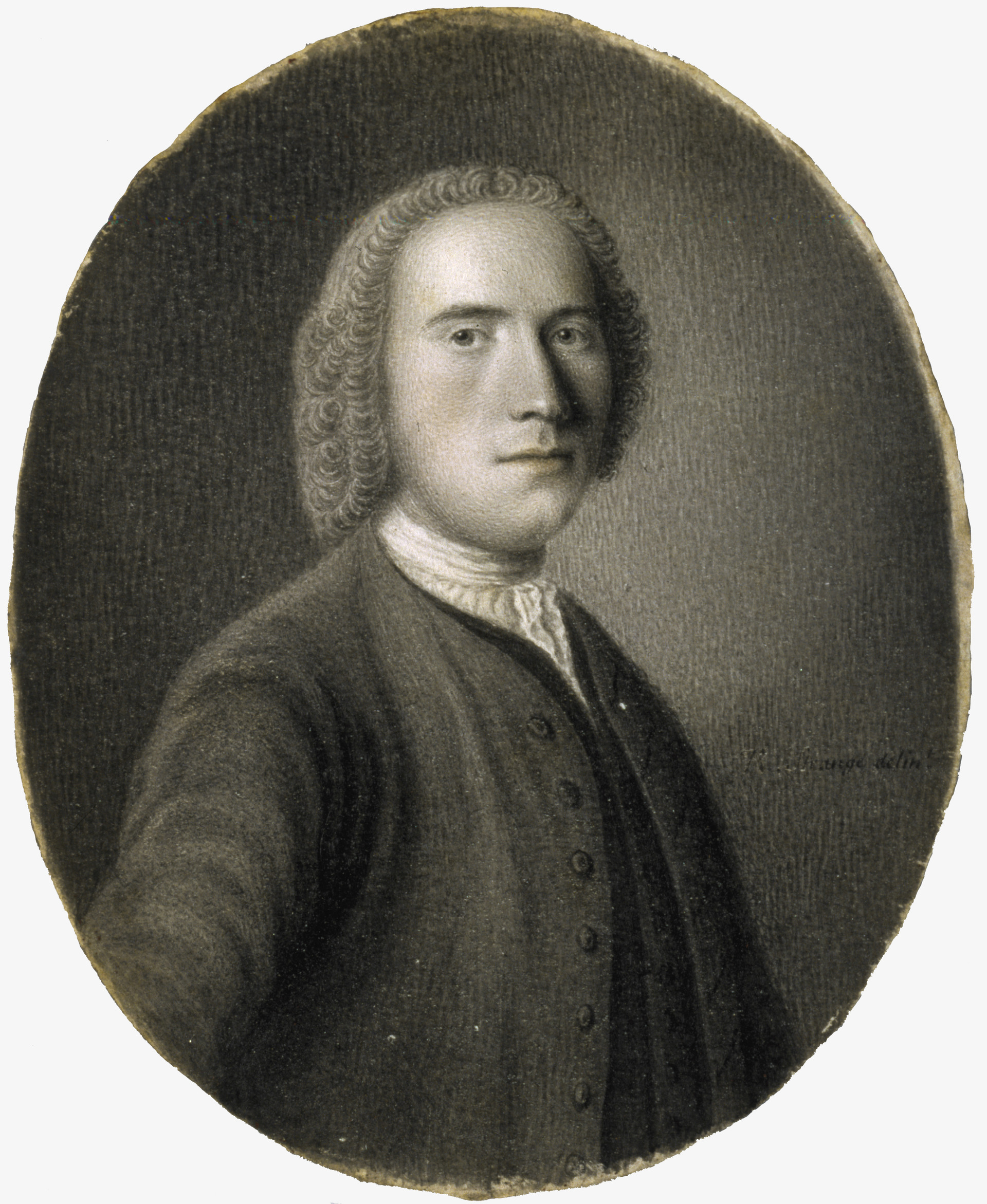|
Stirling Old Bridge
Stirling Old Bridge is a stone bridge which crosses the River Forth. For over 300 years it provided the lowest crossing point of the Forth and so had strategic importance. History The stone bridge was constructed on rubble foundations around 1500 and replaced earlier wooden bridges, including that on which the Battle of Stirling Bridge was fought. The bridge originally had arches at either end and a defensive gate at the end nearer the burgh. Tolls were levied on goods being taken across the bridge. In December 1745 General Blakeney, lieutenant governor of Stirling Castle, had one of the bridge arches destroyed to hinder the movement of the Jacobite Army. The destroyed arch was rebuilt in 1749. In May 1833 the adjacent new road bridge was opened to traffic and the Old Bridge was closed to wheeled traffic. The bridge was designated as a Category A Listed Building Category, plural categories, may refer to: Philosophy and general uses *Categorization, categories in cogn ... [...More Info...] [...Related Items...] OR: [Wikipedia] [Google] [Baidu] |
River Forth
The River Forth is a major river in central Scotland, long, which drains into the North Sea on the east coast of the country. Its drainage basin covers much of Stirlingshire in Scotland's Central Belt. The Gaelic name for the upper reach of the river, above Stirling, is ''Abhainn Dubh'', meaning "black river". The name for the river below the tidal reach (just past where it is crossed by the M9 motorway) is ''Uisge For''. Name ''Forth'' derives from Proto-Celtic ''*Vo-rit-ia'' (slow running), yielding '' Foirthe'' in Old Gaelic. Course The Forth rises in the Trossachs, a mountainous area west of Stirling. Ben Lomond's eastern slopes drain into the Duchray Water, which meets with Avondhu River coming from Loch Ard. The confluence of these two streams is the nominal start of the River Forth. From there it flows roughly eastward through Aberfoyle, joining with the Kelty Water about 5 km further downstream. It then flows into the flat expanse of the Carse of Stir ... [...More Info...] [...Related Items...] OR: [Wikipedia] [Google] [Baidu] |
Stirling
Stirling (; sco, Stirlin; gd, Sruighlea ) is a city in central Scotland, northeast of Glasgow and north-west of Edinburgh. The market town, surrounded by rich farmland, grew up connecting the royal citadel, the medieval old town with its merchants and tradesmen, the Old Bridge and the port. Located on the River Forth, Stirling is the administrative centre for the Stirling council area, and is traditionally the county town of Stirlingshire. Proverbially it is the strategically important "Gateway to the Highlands". It has been said that "Stirling, like a huge brooch clasps Highlands and Lowlands together". Similarly "he who holds Stirling, holds Scotland" is often quoted. Stirling's key position as the lowest bridging point of the River Forth before it broadens towards the Firth of Forth made it a focal point for travel north or south. When Stirling was temporarily under Anglo-Saxon sway, according to a 9th-century legend, it was attacked by Danish invaders. The sound of a w ... [...More Info...] [...Related Items...] OR: [Wikipedia] [Google] [Baidu] |
Stone
In geology, rock (or stone) is any naturally occurring solid mass or aggregate of minerals or mineraloid matter. It is categorized by the minerals included, its Chemical compound, chemical composition, and the way in which it is formed. Rocks form the Earth's outer solid layer, the Earth's crust, crust, and most of its interior, except for the liquid Earth's outer core, outer core and pockets of magma in the asthenosphere. The study of rocks involves multiple subdisciplines of geology, including petrology and mineralogy. It may be limited to rocks found on Earth, or it may include planetary geology that studies the rocks of other celestial objects. Rocks are usually grouped into three main groups: igneous rocks, sedimentary rocks and metamorphic rocks. Igneous rocks are formed when magma cools in the Earth's crust, or lava cools on the ground surface or the seabed. Sedimentary rocks are formed by diagenesis and lithification of sediments, which in turn are formed by the weathe ... [...More Info...] [...Related Items...] OR: [Wikipedia] [Google] [Baidu] |
Battle Of Stirling Bridge
The Battle of Stirling Bridge ( gd, Blàr Drochaid Shruighlea) was a battle of the First War of Scottish Independence. On 11 September 1297, the forces of Andrew Moray and William Wallace defeated the combined English forces of John de Warenne, 6th Earl of Surrey, and Hugh de Cressingham near Stirling, on the River Forth. Background In 1296, John de Warenne, 6th Earl of Surrey, defeated John Comyn, Earl of Buchan in the Battle of Dunbar. King John Balliol surrendered to King Edward I of England at Brechin on 10 July, and the Scottish landholders were made to acknowledge Edward's overlordship. In 1297, Moray initiated a revolt in northern Scotland and by the late summer, controlled Urquhart, Inverness, Elgin, Banff and Aberdeen. Wallace joined Moray in September near Dundee, and they marched to Stirling. Stirling, in the words of Stuart Reid, was "traditionally regarded as the key to Scotland." Meanwhile, Surrey had joined Cressingham in July and both had arrived at St ... [...More Info...] [...Related Items...] OR: [Wikipedia] [Google] [Baidu] |
William Blakeney, 1st Baron Blakeney
Lieutenant General William Blakeney, 1st Baron Blakeney, KB, 7 September 1672 to 20 September 1761, was an Irish-born officer who served in the British army from 1695 until 1756. From 1725 to 1757, he also sat in the Parliament of Ireland as MP for Kilmallock, although he rarely attended. A tough, reliable and courageous soldier, Blakeney was also known for his innovative approach to weapons drill and training. One of the few officers to bolster their reputation during the Jacobite rising of 1745, he was rewarded by being appointed Lieutenant-Governor of the British-held island of Menorca in 1748. When the Seven Years' War began in April 1756, the French occupied most of the island, although Blakeney and the garrison of Fort St. Philip held out for 70 days. Admiral John Byng was later court-martialled and shot for failing to relieve him, but Blakeney was made a baron in recognition of his resolute defence. Now over eighty years old, this ended his military career, and he ... [...More Info...] [...Related Items...] OR: [Wikipedia] [Google] [Baidu] |
Lieutenant Governor
A lieutenant governor, lieutenant-governor, or vice governor is a high officer of state, whose precise role and rank vary by jurisdiction. Often a lieutenant governor is the deputy, or lieutenant, to or ranked under a governor — a "second-in-command", rather like deputy governor. In Canadian provinces and in the Dutch Caribbean, the lieutenant governor is the representative of the monarch in that jurisdiction, and thus outranks the head of government but for practical purposes has virtually no power. In India, lieutenant governors are in charge of special administrative divisions in that country. In the United States, lieutenant governors are usually second-in-command to a state governor, and the actual power held by the lieutenant governor varies greatly from state to state. The lieutenant governor is often first in line of succession to the governorship, and acts as governor when the governor leaves the state or is unable to serve. Also, the lieutenant governor is often th ... [...More Info...] [...Related Items...] OR: [Wikipedia] [Google] [Baidu] |
Stirling Castle
Stirling Castle, located in Stirling, is one of the largest and most important castles in Scotland, both historically and architecturally. The castle sits atop Castle Hill, an intrusive crag, which forms part of the Stirling Sill geological formation. It is surrounded on three sides by steep cliffs, giving it a strong defensive position. Its strategic location, guarding what was, until the 1890s, the farthest downstream crossing of the River Forth, has made it an important fortification in the region from the earliest times. Most of the principal buildings of the castle date from the fifteenth and sixteenth centuries. A few structures remain from the fourteenth century, while the outer defences fronting the town date from the early eighteenth century. Before the union with England, Stirling Castle was also one of the most used of the many Scottish royal residences, very much a palace as well as a fortress. Several Scottish Kings and Queens have been crowned at Stirling, in ... [...More Info...] [...Related Items...] OR: [Wikipedia] [Google] [Baidu] |
Jacobite Army (1745)
The Jacobite Army, sometimes referred to as the Highland Army,Pittock, Murray (2013) ''Material Culture and Sedition, 1688-1760: Treacherous Objects, Secret Places'', p.88 was the military force assembled by Charles Edward Stuart and his Jacobite supporters during the 1745 Rising that attempted to restore the House of Stuart to the British throne. Starting with less than 1,000 men at Glenfinnan in August 1745, the Jacobite army won a significant victory at Prestonpans in September. A force of about 5,500 then invaded England in November and reached as far south as Derby before successfully retreating into Scotland. Reaching a peak strength of between 9,000 and 14,000, they won another victory in January 1746 at Falkirk, before defeat at Culloden in April. While a large number of Jacobites remained in arms, lack of external and domestic support combined with overwhelming government numbers meant they dispersed, ending the rebellion. Once characterised as a largely Gaelic-speakin ... [...More Info...] [...Related Items...] OR: [Wikipedia] [Google] [Baidu] |
Listed Buildings In Scotland
This is a list of Category A listed buildings in Scotland, which are among the listed buildings of the United Kingdom. For a fuller list, see the pages linked on List of listed buildings in Scotland. Key The organization of the lists in this series is on the same basis as the statutory register. County names are those used in the register, and in the case of Scotland they parallel the current administrative areas. Category A listed buildings in Scotland See also *List of castles in Scotland *List of country houses in the United Kingdom *List of hillforts in Scotland * List of historic sites in Scotland *List of monastic houses in Scotland * List of National Trust for Scotland properties *List of post-war Category A listed buildings in Scotland *Listed buildings in England * Listed buildings in Northern Ireland *Listed buildings in Wales *Lists of listed buildings in Scotland This is a list of listed building#Scotland, listed buildings in Scotland. The list is split o ... [...More Info...] [...Related Items...] OR: [Wikipedia] [Google] [Baidu] |
Listed Bridges In Scotland
{{disambig ...
Listed may refer to: * Listed, Bornholm, a fishing village on the Danish island of Bornholm * Listed (MMM program), a television show on MuchMoreMusic * Endangered species in biology * Listed building, in architecture, designation of a historically significant structure * Listed company, see listing (finance), a public company whose shares are traded e.g. on a stock exchange * UL Listed, a certification mark * A category of Group races in horse racing See also * Listing (other) Listing may refer to: * Enumeration of a set of items in the form of a list * Johann Benedict Listing (1808–1882), German mathematician. * Listing (computer), a computer code listing. * Listing (finance), the placing of a company's shares on t ... [...More Info...] [...Related Items...] OR: [Wikipedia] [Google] [Baidu] |





